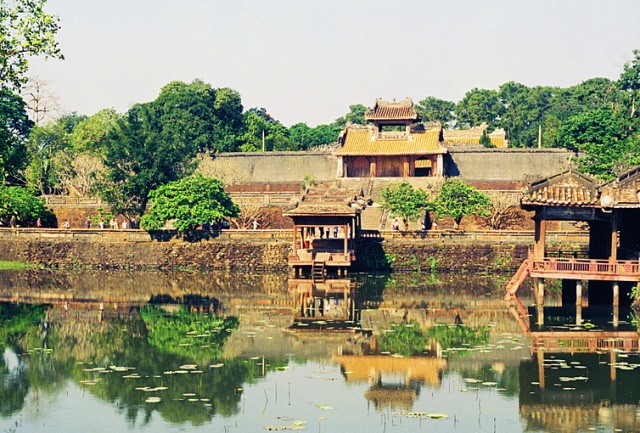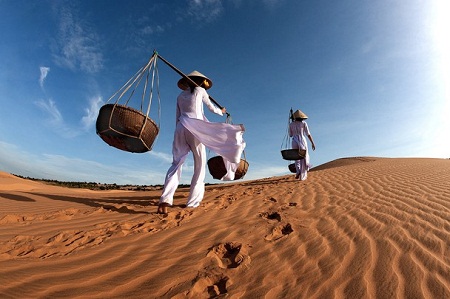 |
| Street art: Audience watch buskers perform Ca tru songs in a street in the city's Old Quarter that turns exclusively pedestrian for a few hours. — VNA/VNS Photo |
Authorities in the capital city seem to have hit on a win-win plan to promote the nation's folk traditions - encouraging artists to perform at street corners. Hong Thuy speaks to both performers and bystanders.
The street began to fill up at 7:30pm on a Friday night in November.
There were couples strolling and women walking briskly with their babies strapped behind their backs. Young people chatted and laughed with each other.
All of them were moving towards a stage placed against a blank wall at the intersection of Luong Ngoc Quyen and Ma May streets in Ha Noi's Old Quarter. In front of a platform carpeted in red velvet was a makeshift altar and a bunch of white lilies looking very fresh against the crimson backdrop.
Sensing that something out of the ordinary was about to happen, curious foreign tourists joined local residents.
The atmosphere became animated as a band began playing music, waving tambourines and blowing into bamboo flutes. Voices were raised in song and a parade of performers came on stage, one after the other.
 |
| Invoking: The medium goes into a trance to incarnate the shade of Chau De Tam, the Third Holy Dame of the Water Palace. — VNA/VNS Photo Anh Tuan |
In the lead was a senior artiste wearing a green turban and matching green ceremonial tunic embroidered with dragons and phoenixes. She was playing the role of a medium who was about to go into a trance to incarnate the soul of Chau De Nhi, the Second Holy Dame of Mountains and Forests.
Though there was much laughter and chatter, silence enveloped the crowd when the medium and her assistants appeared onstage. At exactly 7:45pm, Hat van or invocation hymns accompanied the Len Dong or spiritual trance ritual.
Standing amidst the crowd of people who could be acquaintances or strangers, Le Thi Hoi was experiencing something quite different from her daily routine.
"I have been living in Hang Bac Street for 50 years, but never had the chance to watch a Hat van performance on the street till now. This spiritual trance ritual usually takes place in pagodas and temples.
"Once dismissed by people with conservative points of view for being inextricably linked with religion, the genre and art form has become popular among the public, and I feel quite proud of it," she said, her face glowing with pleasure as she intently focused on the music and lyrics.
 |
| Unseeing: Acting blind (as a tradition), an artist performs hat xam accompanied by dan nhi, a Vietnamese two-string instrument. VNA/VNS Photo Nhat Anh |
Folk music means different things to different people. For Kim Nhung, who visits the Old Quarter often to buy clothes wholesale for her store in Nam Dinh Province, it is about fun and bonding with other people.
"Enchanting rhythms make us feel close to each other no matter where we are and who we're with. Everybody is in harmony, enticed by the melody," she said.
Unique art form
Hat van, also known as Chau van or Hat bong, traces its origins to the Red River Delta particularly in Nam Dinh Province. It is a religious art form that combines music, song, dance and colourful costumes. It is usually performed during Len Dong rites.
The lyrics and verses of Hat van extol the merits of beneficent genies or historical figures who had rendered great services to the nation and subsequently deified and worshipped by the common people.
Researchers have discovered a close relationship between Hat van and other categories of folk songs.
But Professor Ngo Duc Thinh, director of the Viet Nam Centre for Research and Conservation of Culture and Belief, asserted that Hat van could only have originated from the environment of the cult of the Holy Mothers and the ceremonies of Len Dong.
Len Dong, also called Hau Dong or the service of the medium, is an intrinsic part of the cult of the Holy Mothers. In this ceremony, the medium is merely the empty body or "seat" into which the souls or shades of the deities and gods are incarnated.
Mario Devos, a Belgian tourist on his first visit to Viet Nam, did not understand the meaning of what was happening on stage, but he stood entranced by the medium as she danced with a small torch and her assistants sang her praises.
Not far from the medium, a band of liturgical singers played music and sang invocation hymns. Their performance was accompanied by traditional musical instruments consisting of, among others, a moon-shaped zither, drums and tom-toms, as well as bamboo flutes and cymbals.
The band synchronised their music with the medium's actions and sang in voices so smooth and expressive that the medium was inspired to do a very lively dance. In the guise of the Holy Dame, the medium threw money to reward the liturgical singers and participants.
After the dance, the medium returned to her seat, which was facing the altar. She crossed her hands on her forehead, signaling the departure of the Holy Dame from the body of the medium in whom she was incarnated. Afterwards, her four assistants placed a red cloth on her head in preparation for the incarnation in her body of another deity.
When Quan De Tam Thoai Phu, or the Third Great Mandarin of the Water Palace, descended into her, the medium made a signal with the three fingers of her left hand. In response to the sign, the assistants found the appropriate robe and turban with which to dress and groom the medium.
"I neither know nor understand what the stories around the performance really mean. What keeps me here is the variety of shows, dresses and colours. The music is enchanting," Devos said.
The Belgian visitor learnt about the street performance after reading a flyer at the hotel he was staying.
"This is my third day in Viet Nam. I have never seen a performance like this before, so it really surprised me. I know the Vietnamese have suffered big losses and much pain in war time. Now I want to know more about their history and culture," he said.
"Folk music goes right to the heart of a culture. It says something about what is important to that culture," Devos added.
 |
| Comrades-in-alms: A "blind mother" begs for food with her child in her arms. In the past, blind artists wandered from town to town and earned a living by performing hat xam songs in common places. — VNA/VNS Photo |
Cultural values
No matter what differences people have in language and culture, at some point, music moves and connects them with each other and contributes to the showcasing of values that are universal and common to all cultures.
Recognising this, the Ha Noi Old Quarter Management Board has entered into a partnership with the performing arts societies of the city in providing performances on its pedestrian streets since early October.
On Fridays, Saturdays and Sundays, performances are held on intersections especially sanctioned for busking on the streets of Hang Buom, Ma May, Hang Giay and Luong Ngoc Quyen, as well as Ta Hien and Dao Duy Tu.
A wide variety of art forms and styles ranging from folk to modern music are performed.
The folk music genres performed include Hat van, Ca tru or ceremonial singing, Hat xam or ballads that wandering blind muscians used to sing, and Hat Trong quan or special songs sung for the mid-autumn festival celebrations. Modern music includes pop, rock 'n roll, jazz and flamenco.
"The street performances have contributed to popularising the spiritual and cultural life of Ha Noi's Old Quarter, usually known only as a busy trading hub with numerous shops and eateries," said Tran Thuy Lan, deputy director of the Ha Noi Old Quarter Management Board.
"Now people walking along its streets can appreciate folk and pop music and view 18th and 19th century houses and historical relics there."
Formerly known as a place where people wander around to buy products on sale at its night market, the Old Quarter streets have become an ideal place for visitors and city residents to watch and enjoy street performances, adding a bit of spice to their weekends.
"Busking has attracted more and more visitors and city dwellers to the Old Quarter since it made its debut more than a month ago. This is a good sign for the city's tourism sector," Lan said.
The Ha Noi Department of Culture, Sports and Tourism reported that 2.58 million foreigners visited the city last year, a 12.2-per cent year-on-year increase.
Street performers
No doubt, street performances are unique and lively forms of entertainment that can enhance the vibrancy of a tourist zone. But this is not the showbiz equivalent of an entry-level job.
The Old Quarter Management Board has applied a policy that encourages performing arts societies to stage their shows on the streets of the capital city's old quarter free of charge.
In fact, it is a generally accepted practice for performers to receive donations or tips if passers-by really appreciate their art, Lan said.
As the board can only support three of five units for the transport of musical instruments to the entertainment zone and for electric bills, all performers have to subsist on a small allowance from their managers.
"I am paid VND50,000 (US$2.30) for each night. But I set all my worries aside and clear my mind with the thought that I am performing for Hat van art's sake, not for money," said Tran Hung, his body drenched with sweat as he walked offstage.
"Of course I get tired, but I am happy because I can bring joy to viewers. I wish that Hat van will soon be recognised as part of the world's intangible cultural heritage," he said.
Preserving and promoting cultural values are critical to maintaining the dentity of the Old Quarter, so buskers are playing a key role in helping the city achieve this goal.
While this is both an honour and an onerous responsibility, artists receive scant rewards. Hung and other street performers of the Viet Nam Music Art Development Centre did not receive a single tip from the audience on Friday night.
"We lack funds to cover night performances. It is not uncommon for us as managers to use our own money to pay performers," revealed Minh Thong, chief of the performing arts team. "In compensation, viewers do not turn their backs on buskers. They love us!" — VNS
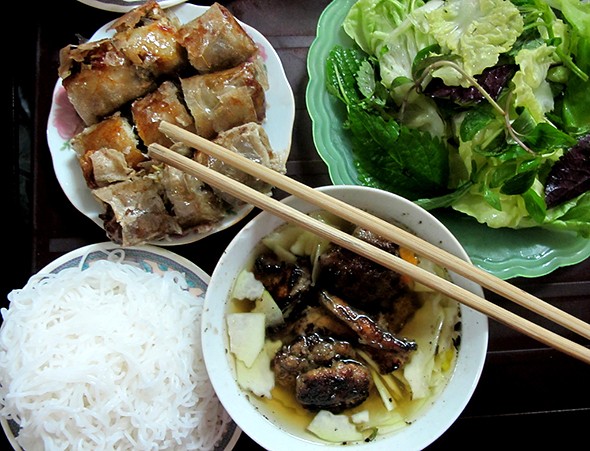







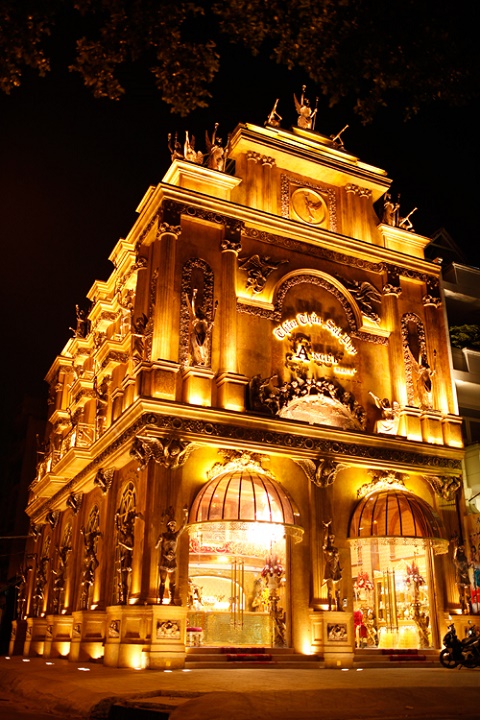
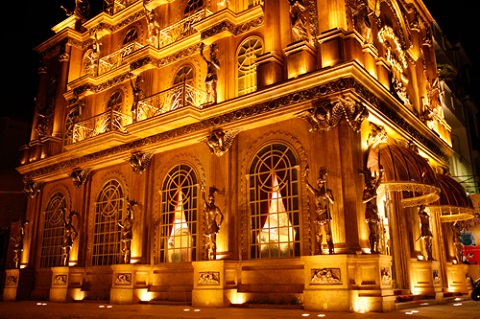


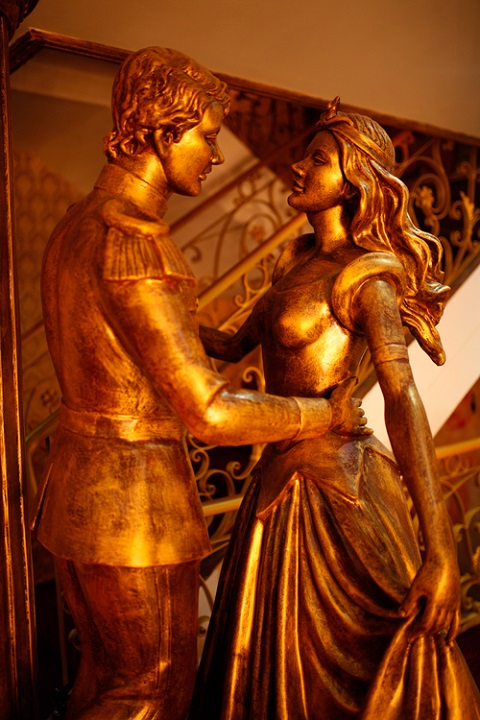
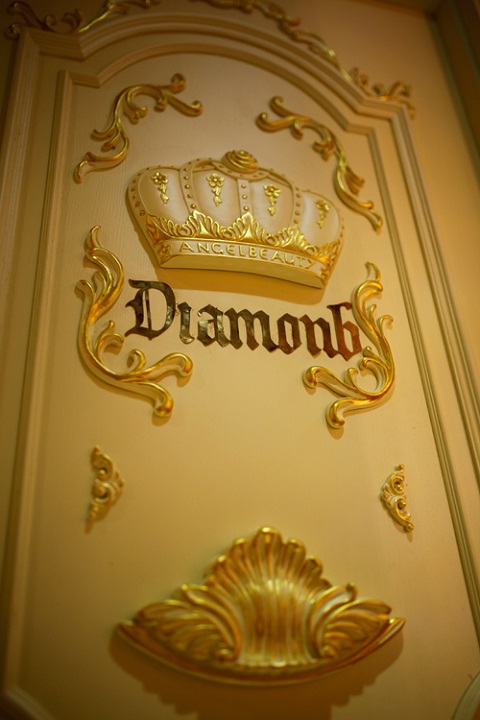

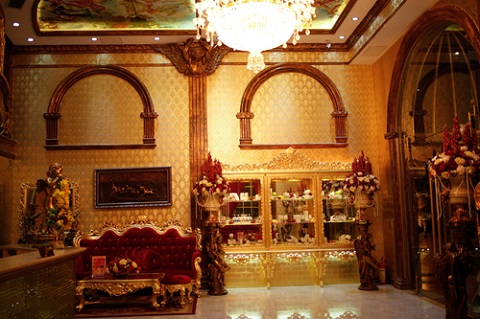

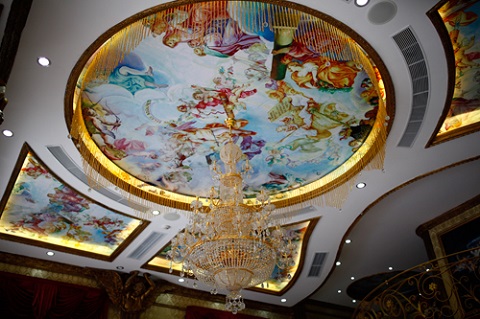
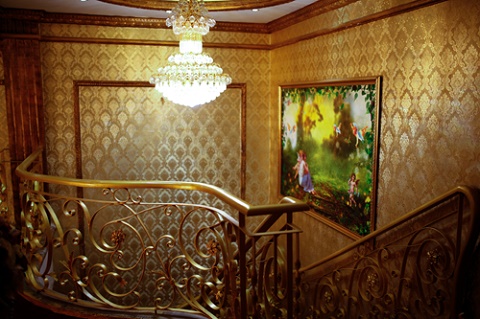
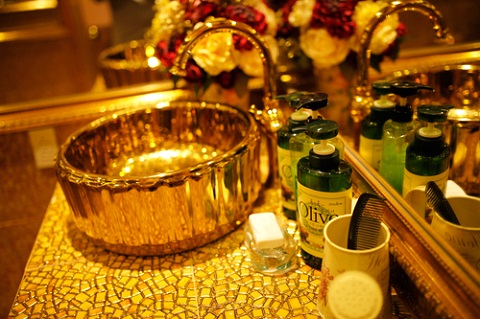
 The Japanese Embassy in Hanoi announced that on November 20, Japan started a simplified application procedure for single tourist visas for Vietnamese nationals as part of efforts to further promote people-to-people exchanges between the two countries.
The Japanese Embassy in Hanoi announced that on November 20, Japan started a simplified application procedure for single tourist visas for Vietnamese nationals as part of efforts to further promote people-to-people exchanges between the two countries. 


 Vietnam Railways (VNR) officially launched its e-ticket booking system at the Hanoi Railways Station on November 21.
Vietnam Railways (VNR) officially launched its e-ticket booking system at the Hanoi Railways Station on November 21.
 Vietnam expects to welcome 100,000 Indian tourist arrivals in the near future as the two countries hold huge potential to develop bilateral ties in this field, stated Nguyen Quoc Hung, deputy head of the Vietnam National Administration of Tourism (VAT).
Vietnam expects to welcome 100,000 Indian tourist arrivals in the near future as the two countries hold huge potential to develop bilateral ties in this field, stated Nguyen Quoc Hung, deputy head of the Vietnam National Administration of Tourism (VAT).













